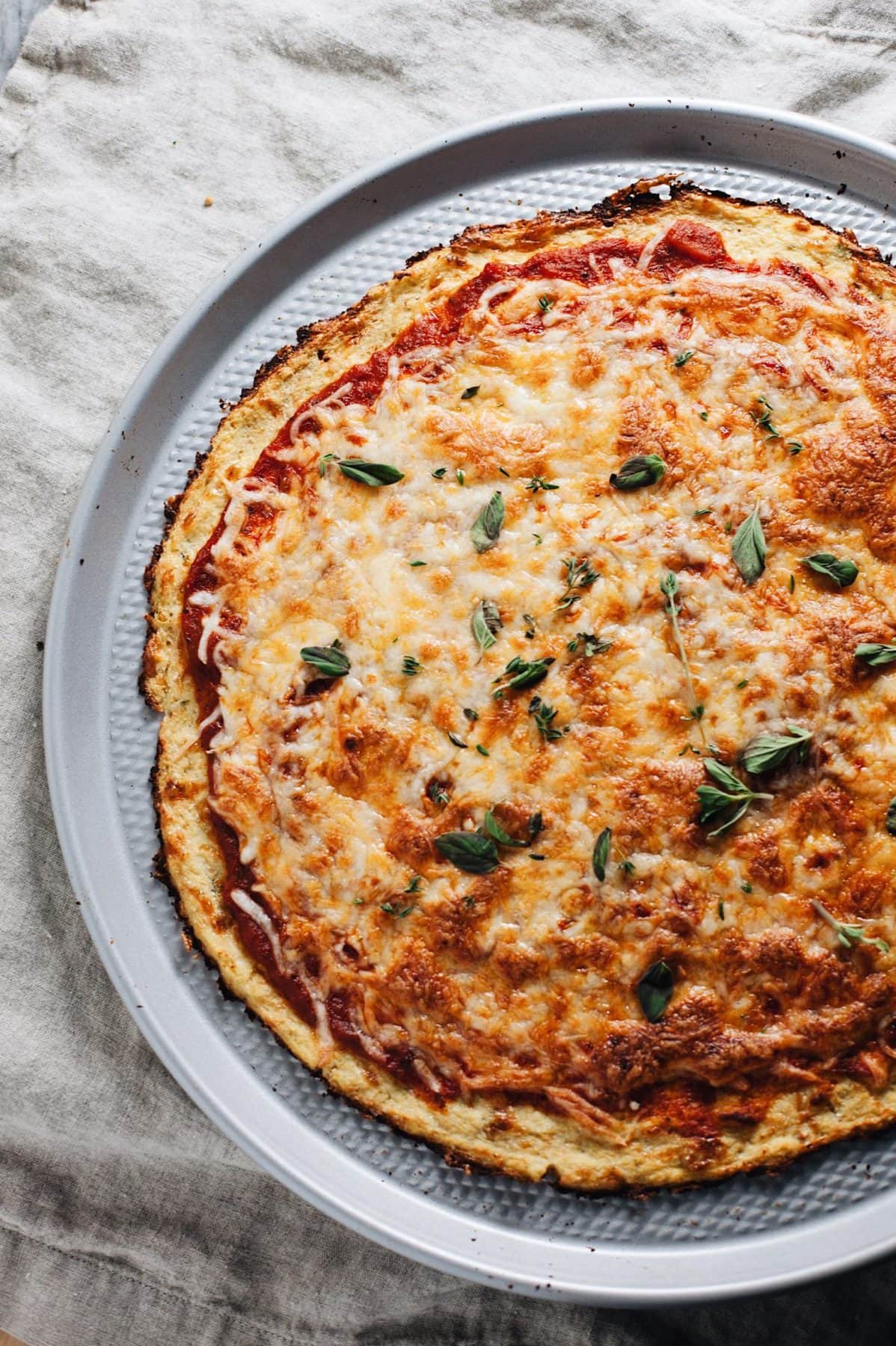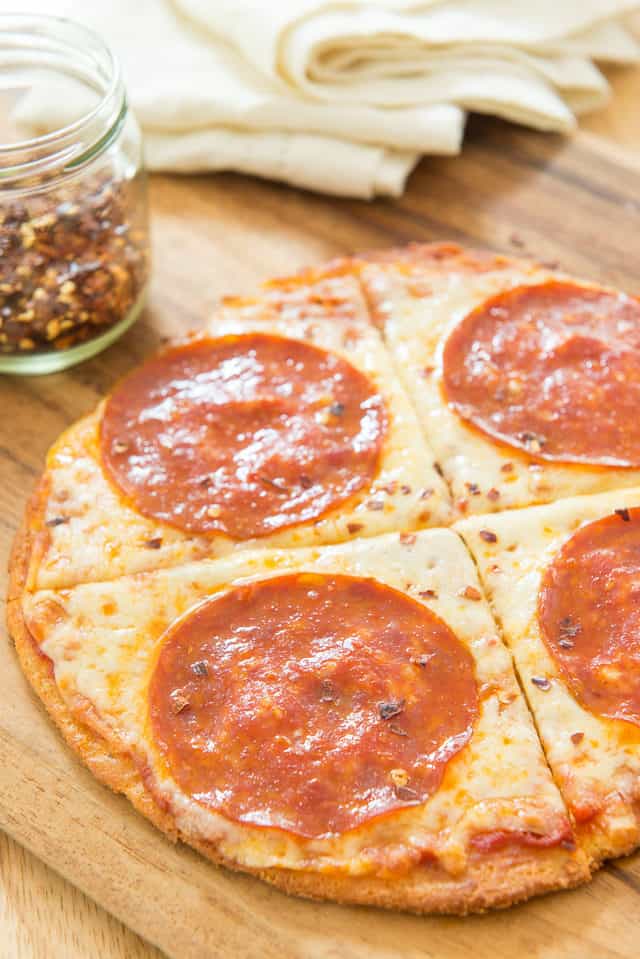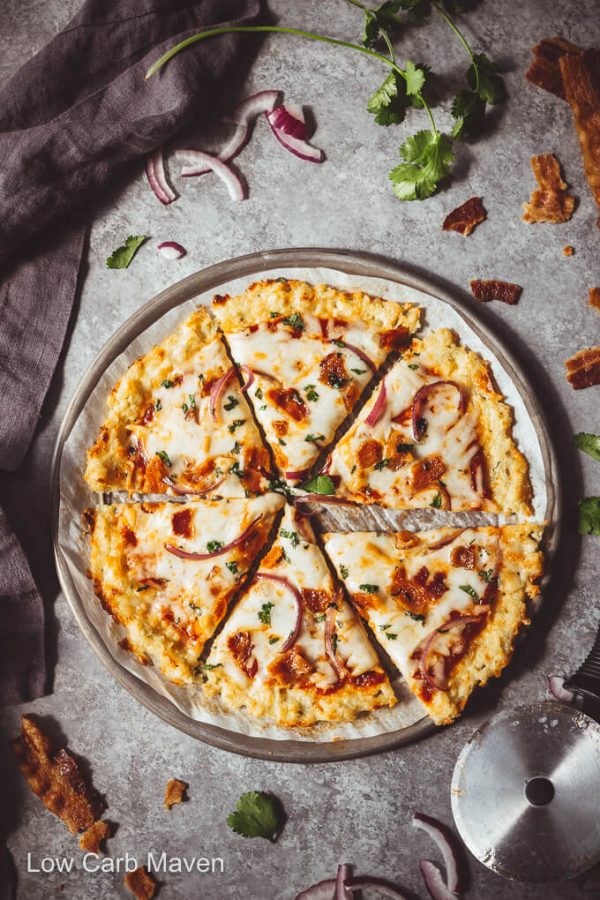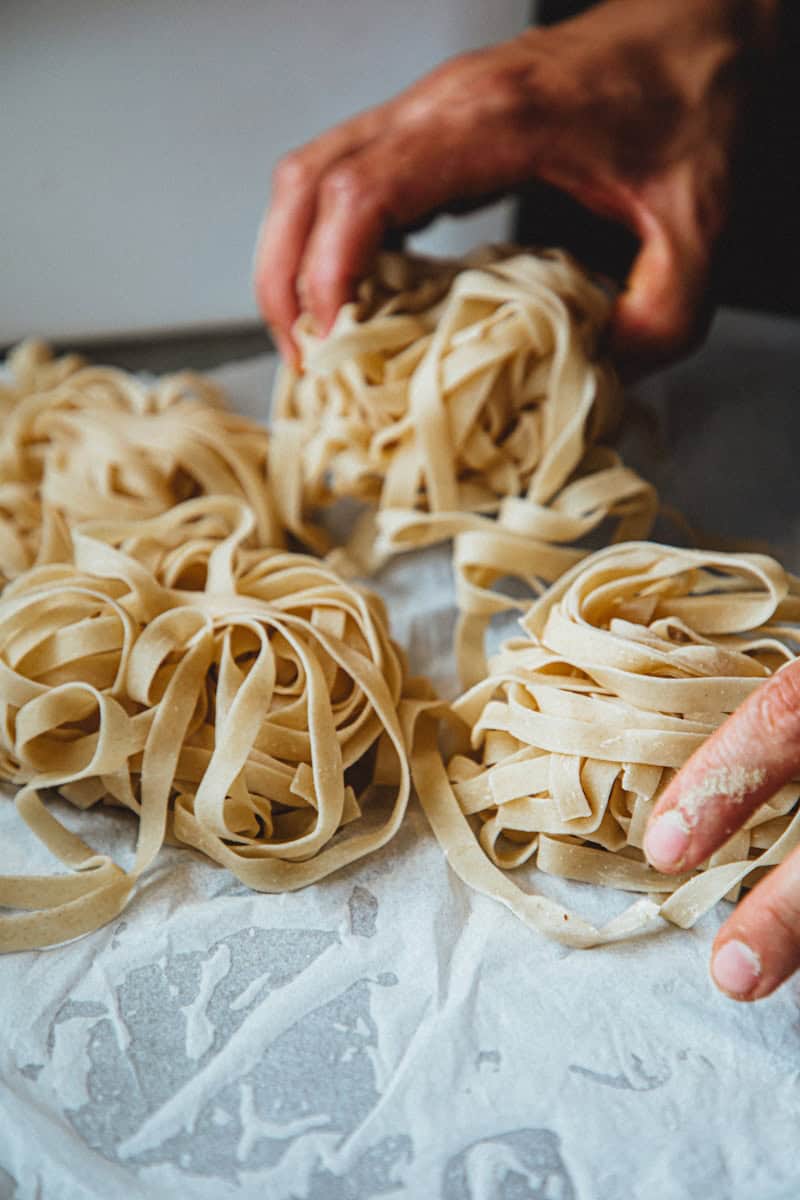Want to save time and stay on track with your low-carb diet? Meal prepping is the way to go! Instead of scrambling every day to make healthy meals, you can use a few clever hacks to make your life easier.
In this article, we’ll uncover 25 great meal prep hacks to save your time – low carb version.
With these tips, you’ll find smart storage solutions and quick recipes that simplify your routine.
Let’s jump into these easy-to-follow ideas and make meal prepping a breeze!
1. The Basics of Low Carb Meal Prep
Know Your Macros
Before exploring straight into meal prep, it’s crucial to understand the basics of low-carb eating.
Carbs, proteins, and fats are the three macronutrients that make up our diet. In a low-carb lifestyle, the focus is on reducing carbohydrate intake while increasing protein and healthy fats.
This helps stabilize blood sugar levels and can even aid in weight loss.
Keep It Simple
When starting, simplicity is key. You don’t need to create gourmet meals for every day of the week. Focus on a few core ingredients that you can mix and match. Think grilled chicken, leafy greens, and a variety of low-carb veggies. From there, you can build your meals with different sauces and spices.
Stock Up on Essentials
Before you even think about cooking, make sure your pantry is stocked with low-carb essentials. Items like olive oil, coconut oil, almond flour, and low-carb sweeteners are must-haves. And let’s not forget the spices! A well-seasoned dish can make all the difference.
2. Meal Prep Hacks for Beginners
1. Plan Your Meals
First things first, plan your meals for the week. Take a few minutes each weekend to decide what you’ll eat. This helps you stay on track and avoid last-minute takeout temptations. You can even use a meal planning app to keep everything organized.
2. Batch Cooking
One of the best time-saving hacks is batch cooking. Cook a large quantity of food and portion it out for the week. Think big pots of soup, grilled meats, or roasted vegetables. This way, you’re only cooking once but eating multiple times.
3. Invest in Quality Containers
Quality containers are a meal prepper’s best friend. Look for ones that are microwave-safe, freezer-friendly, and leak-proof. Glass containers are great because they don’t absorb food odors and are eco-friendly.
4. Label Everything
Labeling might sound tedious, but it can save you a lot of hassle. Use a marker to write down the contents and date on each container. This way, you know what’s inside and when it needs to be eaten.
5. Freeze for Later
Not everything needs to be eaten right away. Some meals freeze beautifully, allowing you to have a quick meal ready whenever you need it. Just make sure to use freezer-safe containers and label them with the contents and date.
3. Advanced Meal Prep Hacks
6. Spiralize Your Veggies
Looking for a pasta alternative? Spiralize zucchini, cucumber, or even carrots. These veggie noodles are low-carb, delicious, and can be made in advance. Store them in an airtight container with a paper towel to absorb moisture.
7. Use Muffin Tins
Muffin tins aren’t just for muffins! Use them to portion out egg cups, mini meatloaves, or even frozen smoothie packs. They’re perfect for portion control and make storing and reheating a breeze.
8. Double Up on Proteins
Cooking chicken breast? Why not throw in some salmon too? Doubling up on proteins saves time and gives you more options throughout the week. You can use different seasonings or sauces to keep things interesting.
9. Keep a Veggie Tray in the Fridge
Cut up a variety of low-carb veggies and store them in a large container. Having a veggie tray ready to go makes snacking healthy and effortless. Pair with some homemade guacamole or hummus for a quick bite.
10. Pre-Chop and Store Veggies
Chopping veggies can be a time-consuming task. Get it done all at once and store them in airtight containers. This way, you can easily throw them into a stir-fry, salad, or soup during the week.
4. Creative Low Carb Meal Ideas
11. Cauliflower Rice
Cauliflower rice is a versatile low-carb alternative to regular rice. You can buy it pre-riced or make it yourself by pulsing cauliflower florets in a food processor. Sauté with some olive oil and garlic for a quick and tasty side dish.
12. Zoodle Alfredo
For a creamy, low-carb pasta dish, try zoodles (zucchini noodles) with a homemade Alfredo sauce. Use heavy cream, Parmesan cheese, and garlic for a rich and satisfying meal.
13. Keto Egg Muffins
These are perfect for breakfast on the go. Mix eggs, cheese, and your favorite low-carb veggies, then pour into a muffin tin. Bake until set and store in the fridge for a quick morning meal.
14. Stuffed Bell Peppers
Stuff bell peppers with ground turkey, cheese, and low-carb veggies. They’re easy to make, delicious, and can be frozen for later.
15. Low Carb Buddha Bowls
Buddha bowls are a great way to get a variety of nutrients in one meal. Start with a base of leafy greens, add some protein like grilled chicken or tofu, and top with avocado, nuts, and a low-carb dressing.
5. Time-Saving Tips and Tricks
16. Use a Slow Cooker
The slow cooker is a meal prepper’s best friend. Throw in your ingredients, set it, and forget it. When you come home, dinner is ready and waiting. Perfect for soups, stews, and even roasts.
17. Make Double Batches
When cooking, always make extra. Double the recipe and freeze half for later. This way, you’ll have a meal ready to go when you’re short on time.
18. Prep Snacks in Advance
Don’t forget about snacks! Prep low-carb snacks like cheese sticks, nuts, and veggies with dip. Having these ready to go will keep you on track and curb those mid-afternoon cravings.
19. Utilize Your Freezer
Your freezer is more than just a place for ice cream. Freeze individual portions of meals, soups, and even snacks. This makes meal planning a breeze and helps prevent food waste.
20. Get Creative with Leftovers
Leftovers don’t have to be boring. Turn last night’s dinner into a new meal. For example, use leftover grilled chicken to make a chicken salad or add it to a soup.
6. Storage and Organization Tips
21. Use Mason Jars
Mason jars are great for storing salads, soups, and overnight oats. They’re easy to clean and keep your food fresh. Plus, they look pretty in the fridge!
22. Organize Your Fridge
Keep your fridge organized to make meal prep easier. Store similar items together and use clear containers so you can see what’s inside. This helps you know what you have and what you need to use up.
23. Vacuum Seal Your Food
Vacuum sealing is a great way to keep your food fresh for longer. It removes air, which can cause food to spoil. This is especially useful for meats and veggies.
24. Use Reusable Bags
Invest in reusable silicone bags for storing snacks, veggies, and even cooked meals. They’re eco-friendly and can be used in the freezer, fridge, and even the microwave.
25. Create a Meal Prep Station
Set up a dedicated space in your kitchen for meal prepping. This can include a cutting board, knives, containers, and any other tools you use frequently. Having everything in one place makes the process more efficient.
7. Frequently Asked Questions (FAQs)
Q: Can I meal prep for an entire week?
A: Absolutely! You can meal prep for an entire week, but it’s essential to store your meals properly. Use airtight containers and keep some meals in the freezer to maintain freshness.
Q: How do I prevent my salads from getting soggy?
A: To keep salads fresh, store the dressing separately and add it just before eating. You can also place a paper towel in the container to absorb any excess moisture.
Q: Can I meal prep snacks too?
A: Yes! Prepping snacks like cheese sticks, nuts, and veggies with dip can save you time and help you stay on track with your low-carb goals.
Q: What’s the best way to reheat my meal prep?
A: The best way to reheat meal prep depends on the dish. For most meals, the microwave works fine. However, if you want to maintain the texture, using an oven or stovetop is a great option.
Q: Is it safe to freeze cooked meals?
A: Yes, freezing cooked meals is a safe and effective way to store them for later. Just make sure to use freezer-safe containers and label them with the contents and date.
Conclusion
Meal prepping might seem like a lot of work at first, but once you get the hang of it, it’s a total game-changer! By using these 30 great meal prep hacks to save your time – low carb version, you can make your week smoother and healthier.
With just a little planning and prep, you can enjoy delicious, low-carb meals without the daily hassle.
Remember, the key is to keep things simple and organized. Batch cook, freeze extras, and use quality containers to keep everything fresh.
With these tips, you’ll save time, reduce stress, and stick to your low-carb goals effortlessly.
So, why not give it a try? Your future self will thank you! Happy meal prepping!
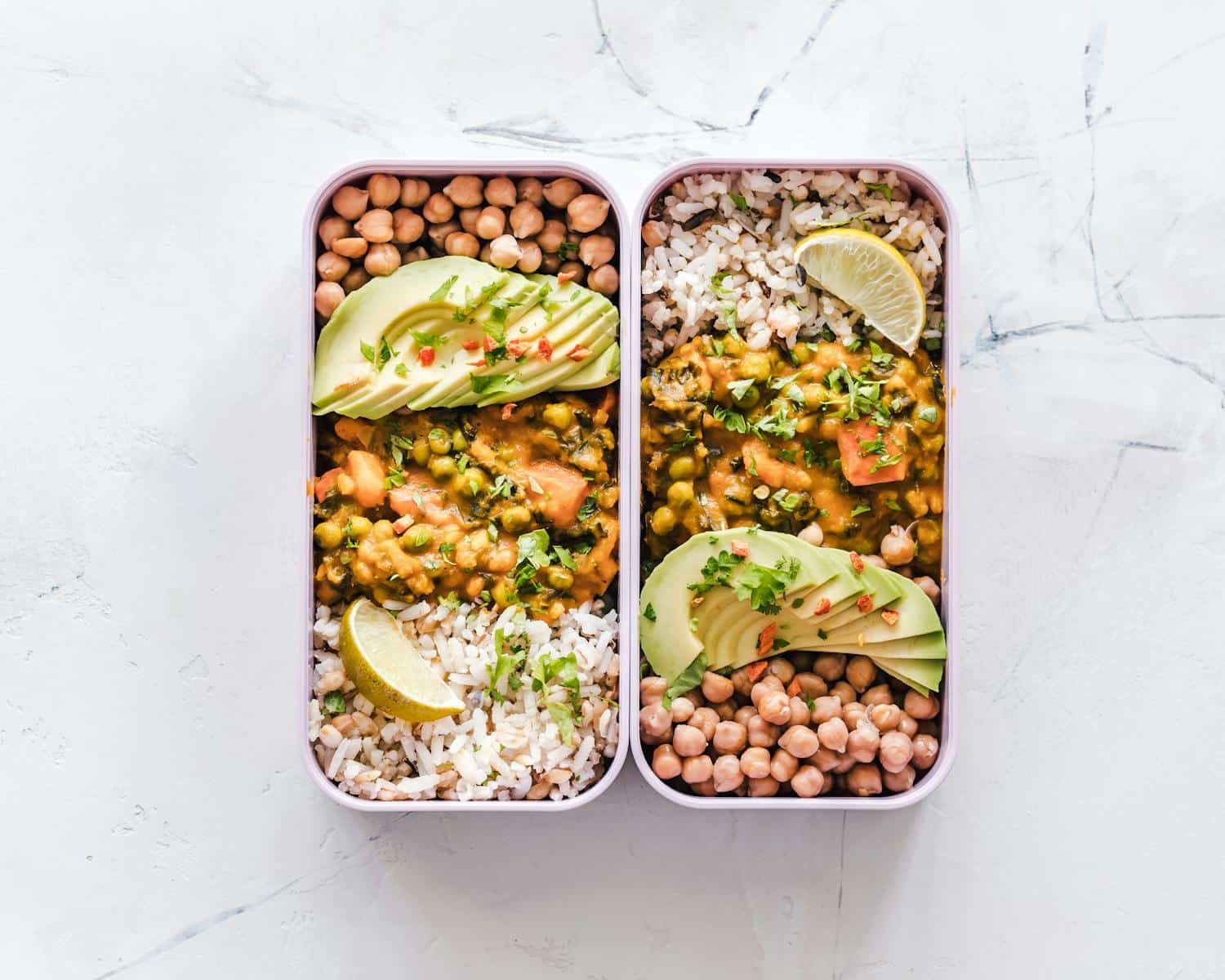
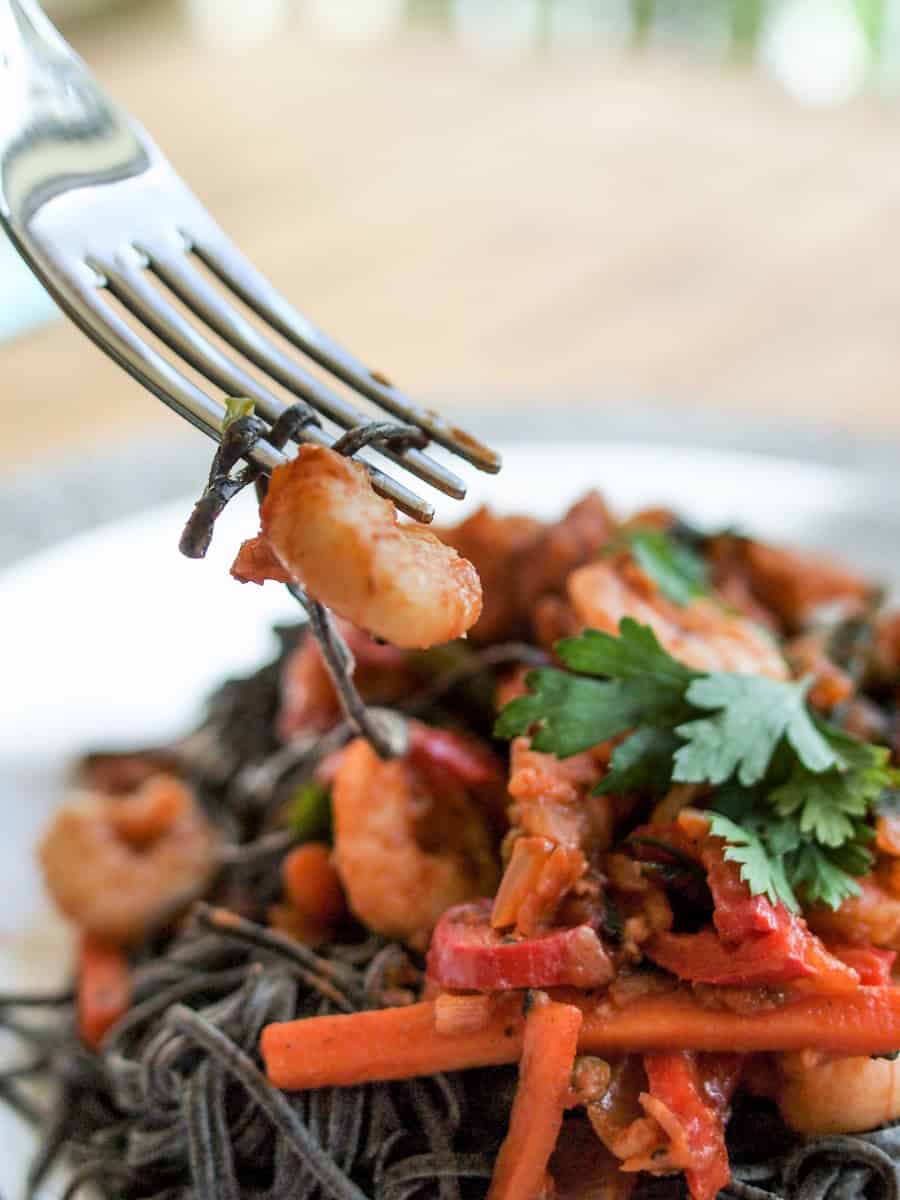
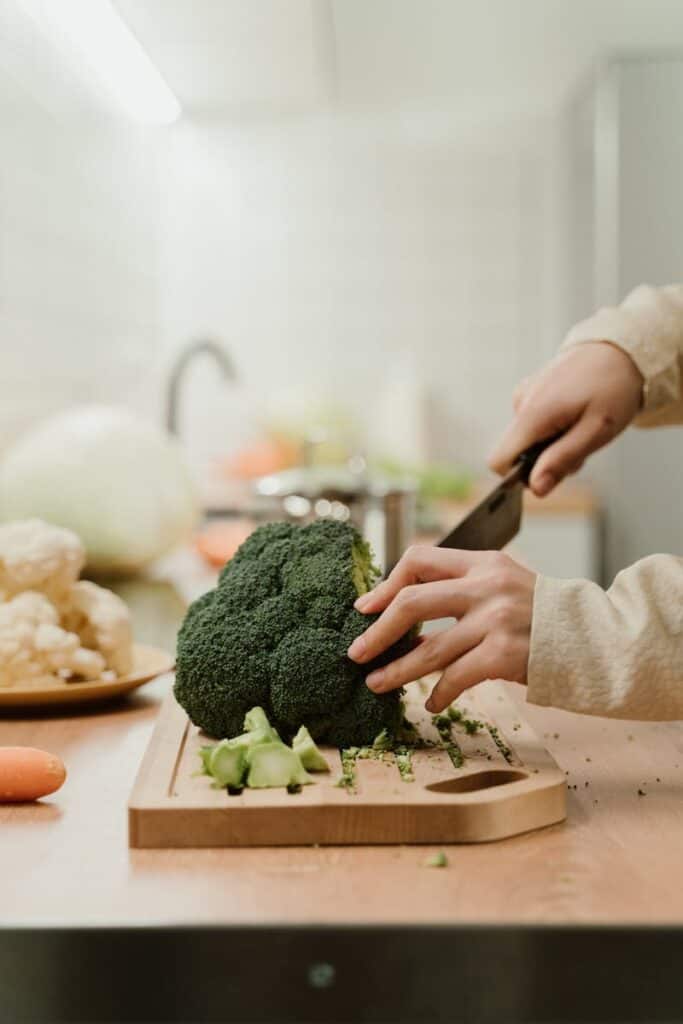
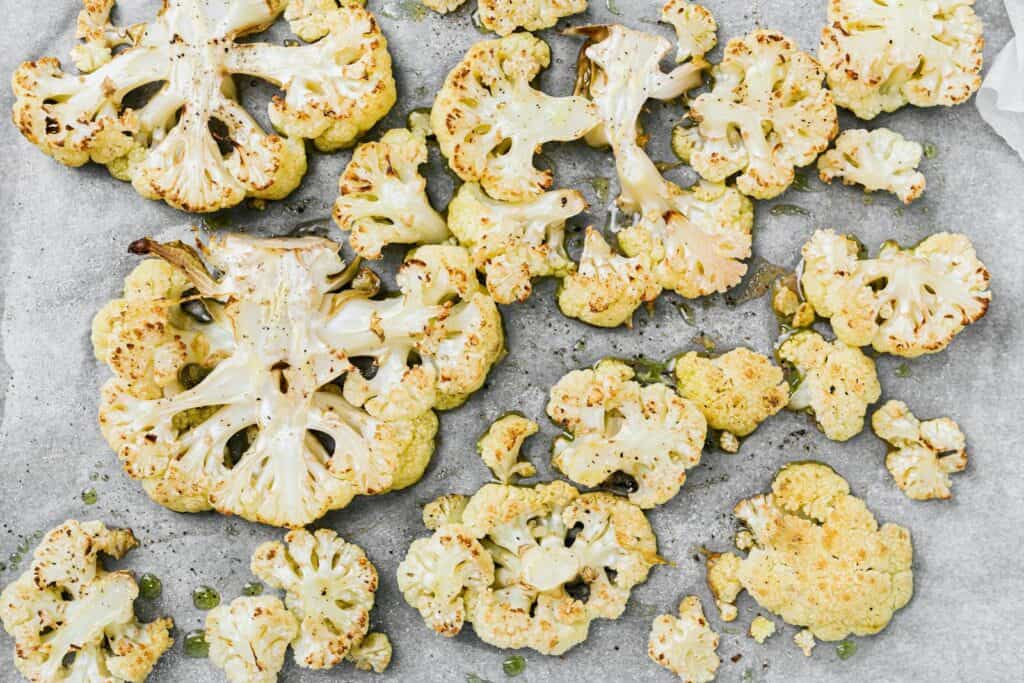
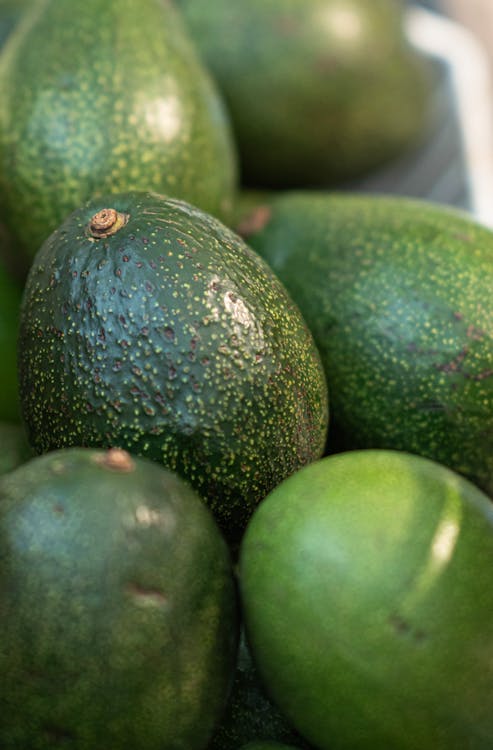
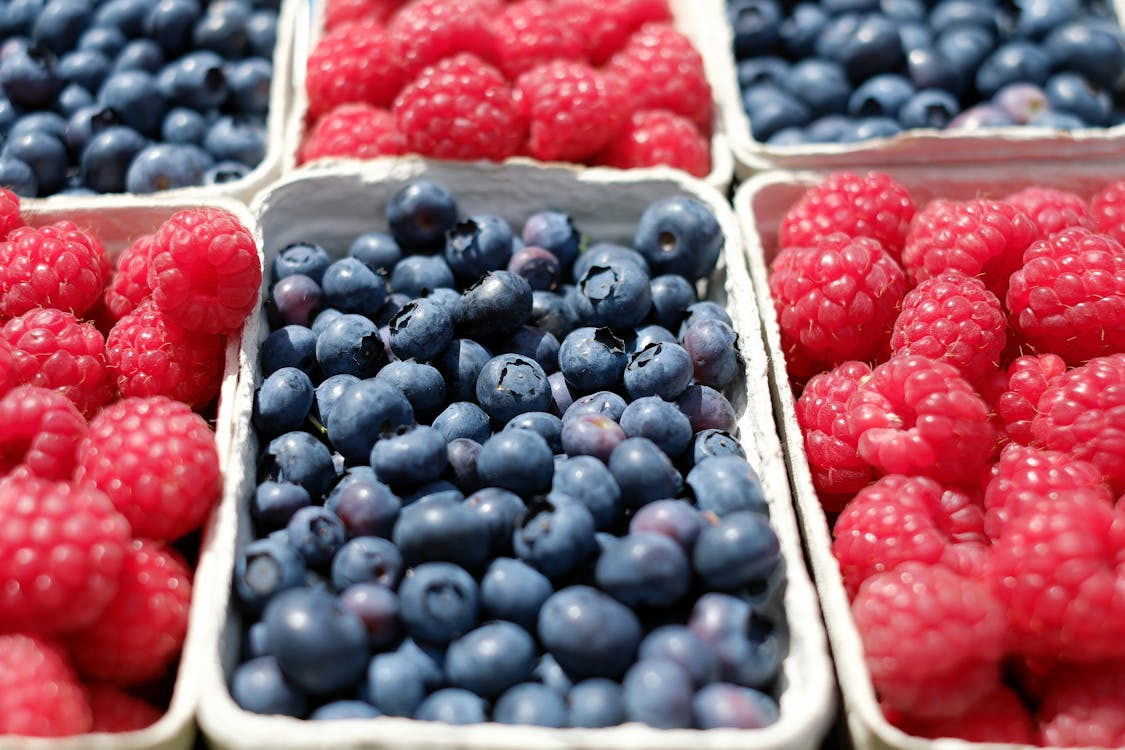
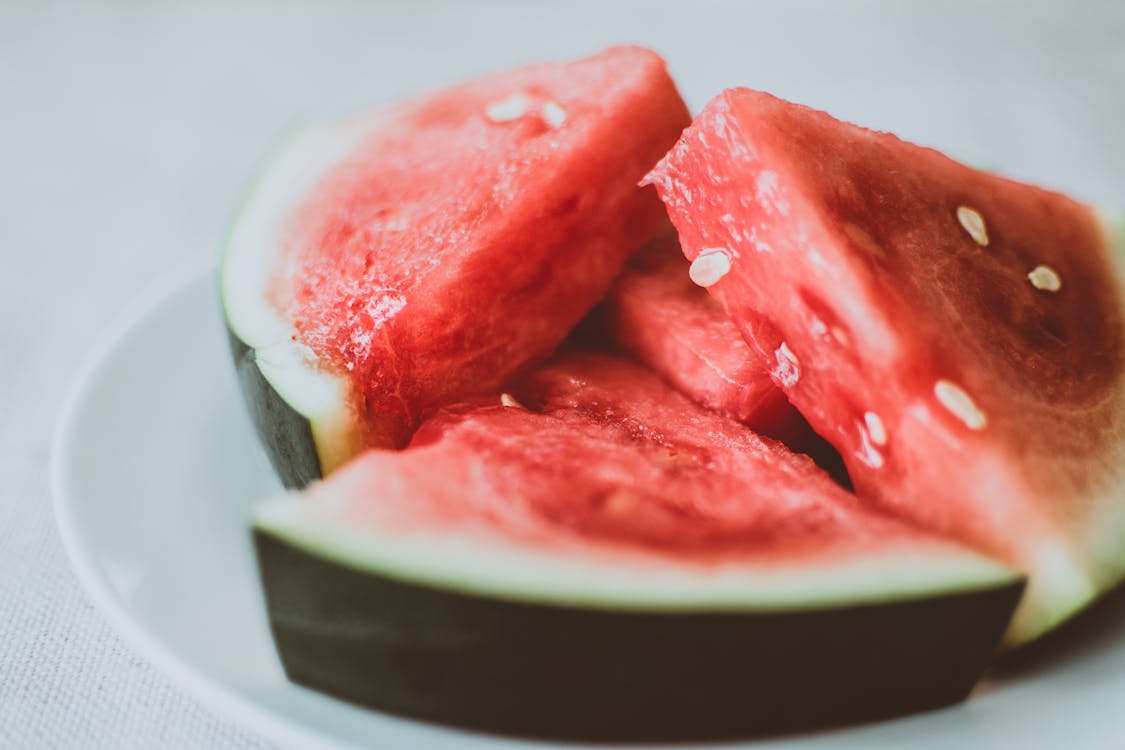
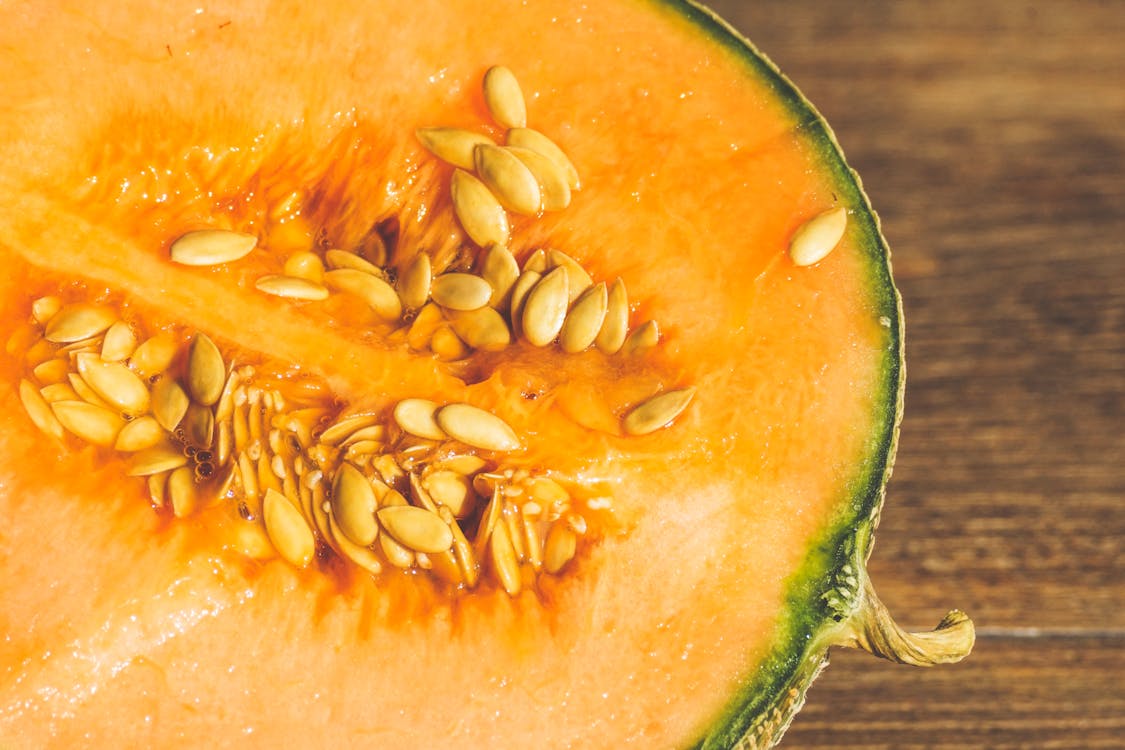
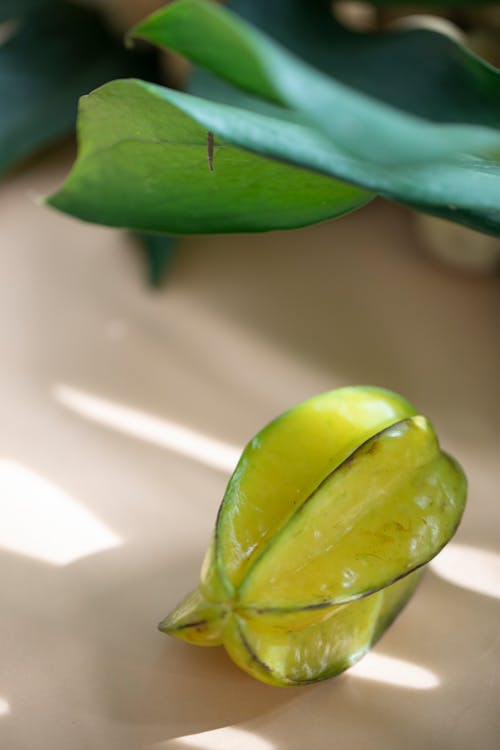
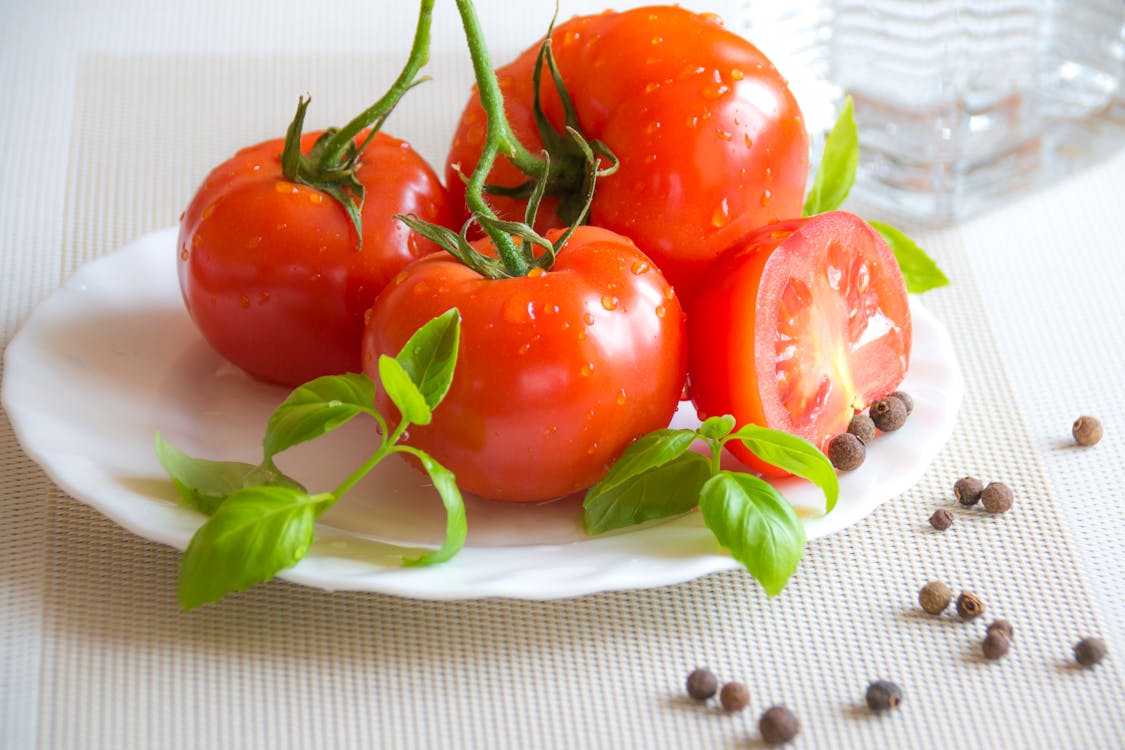
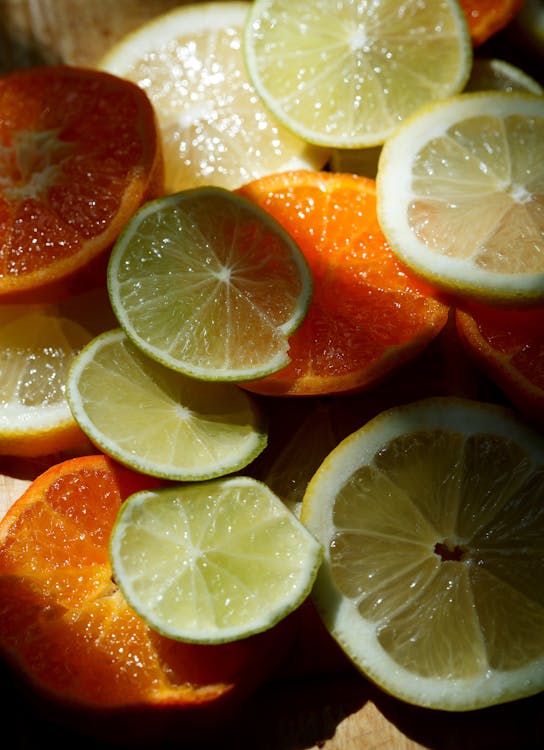

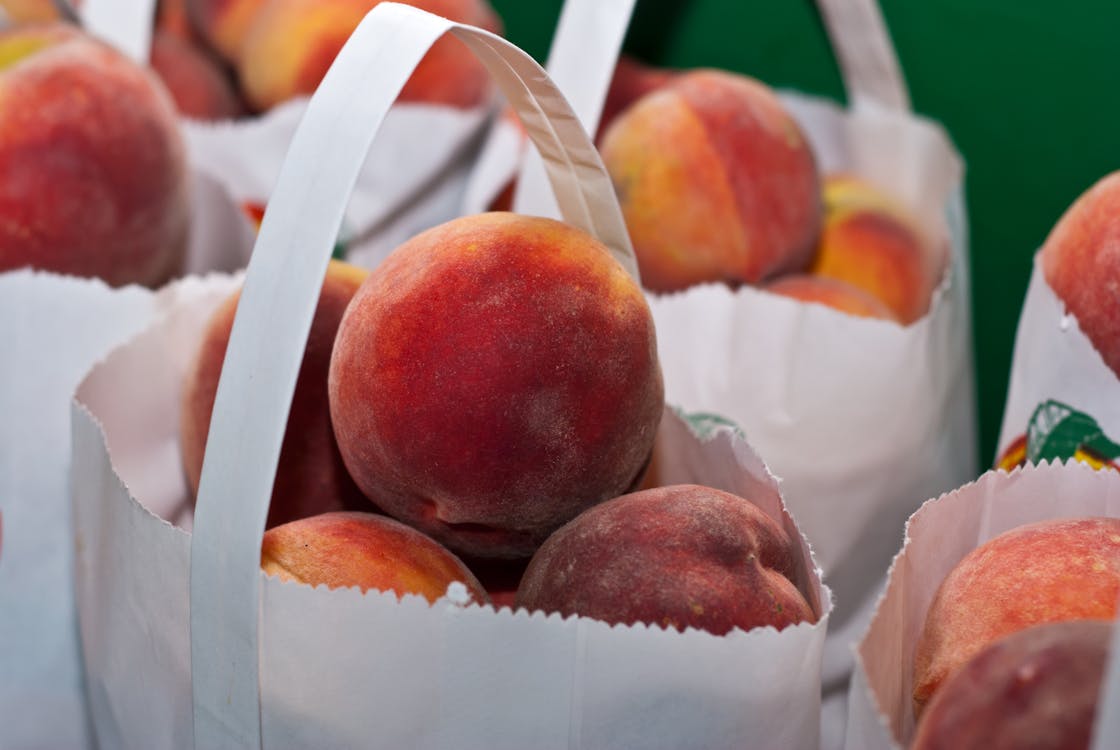
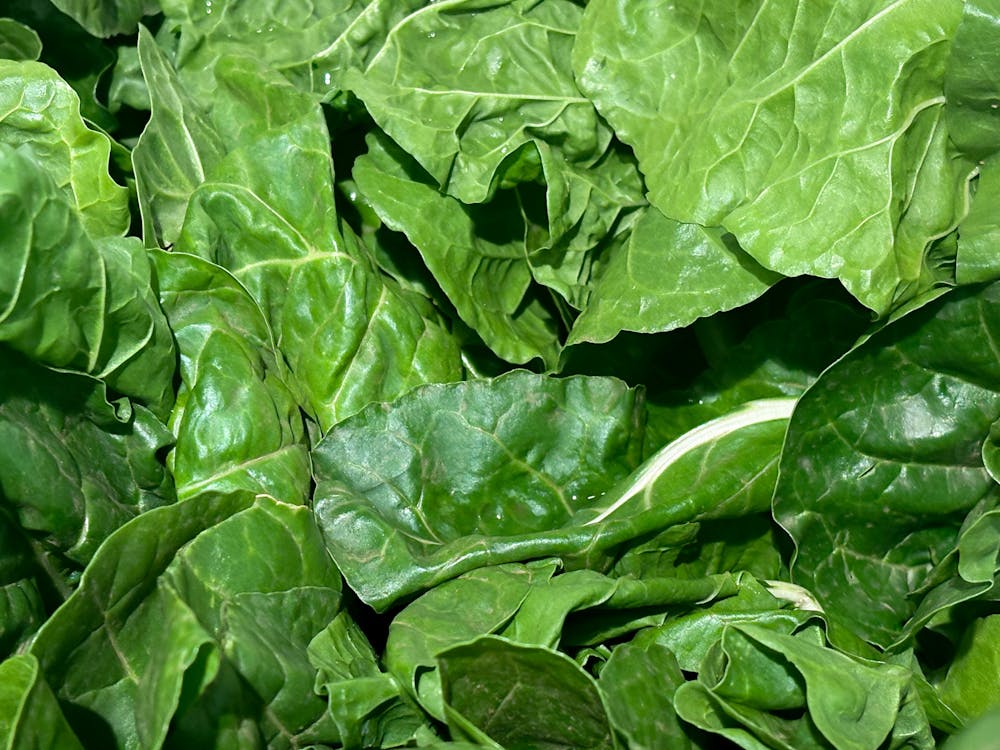
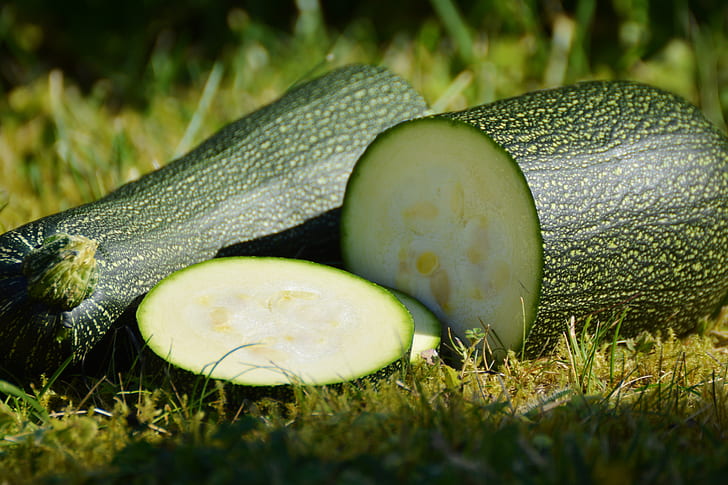

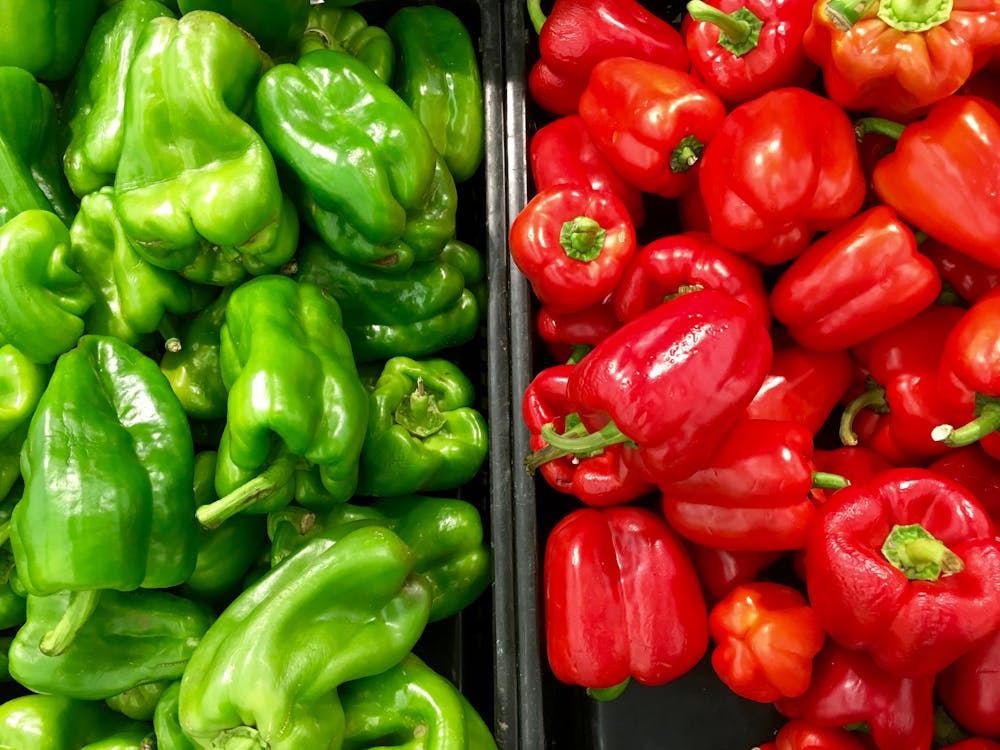


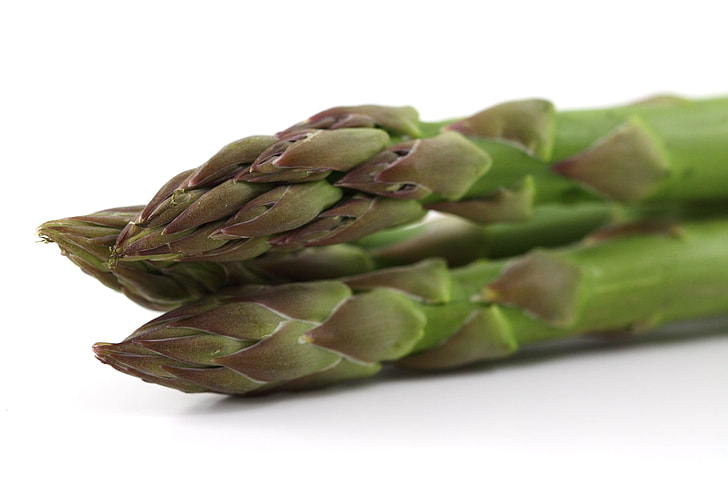
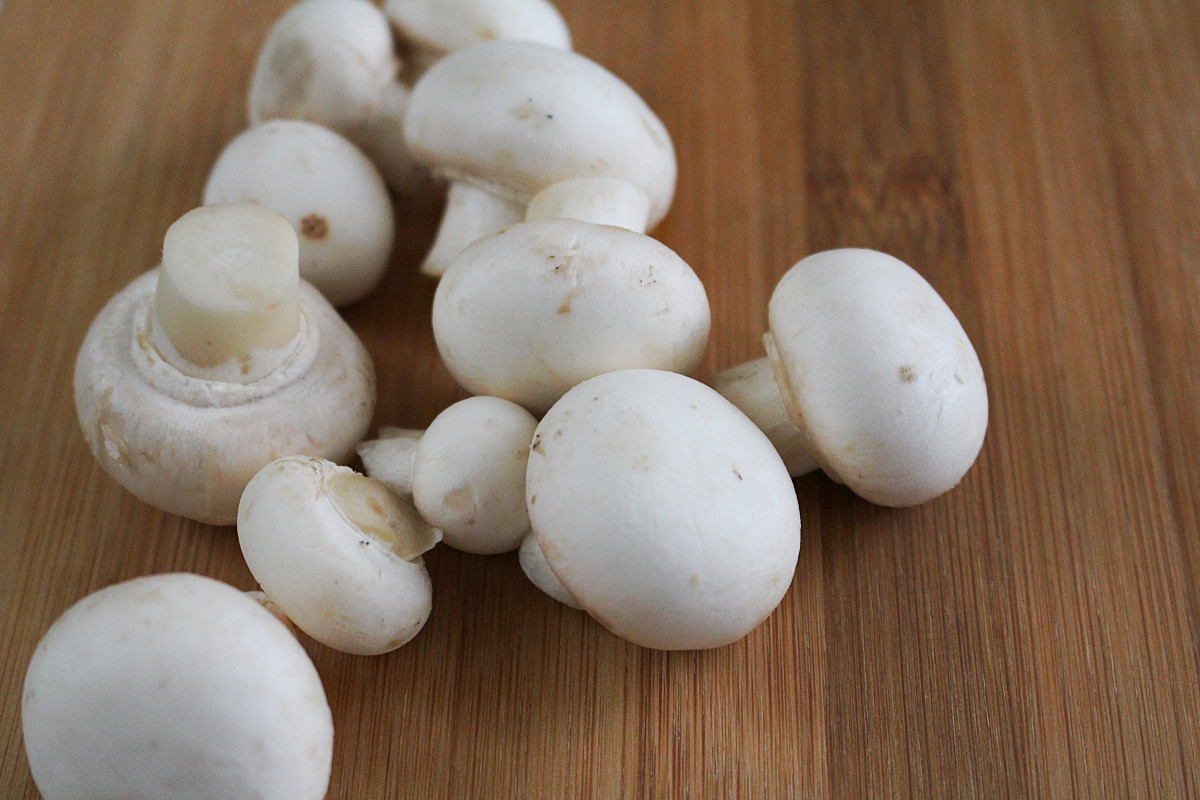



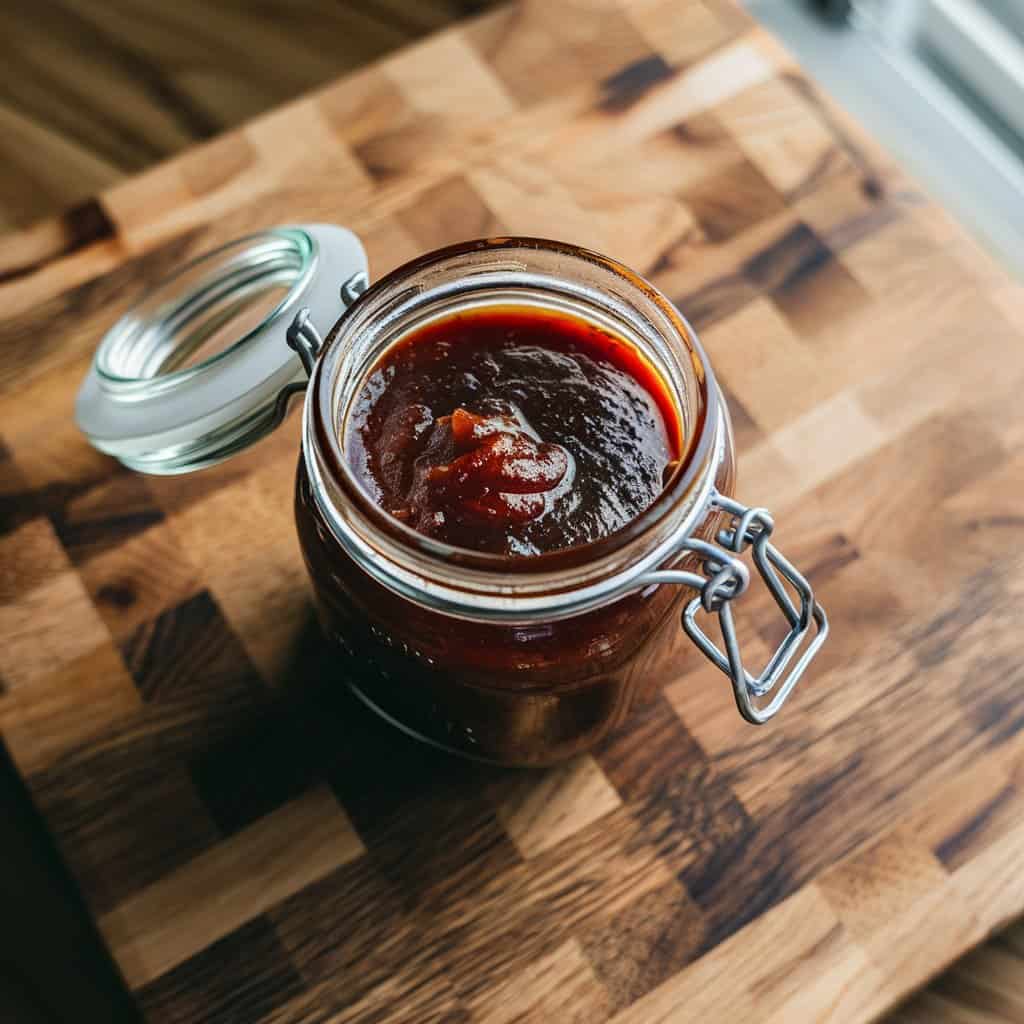

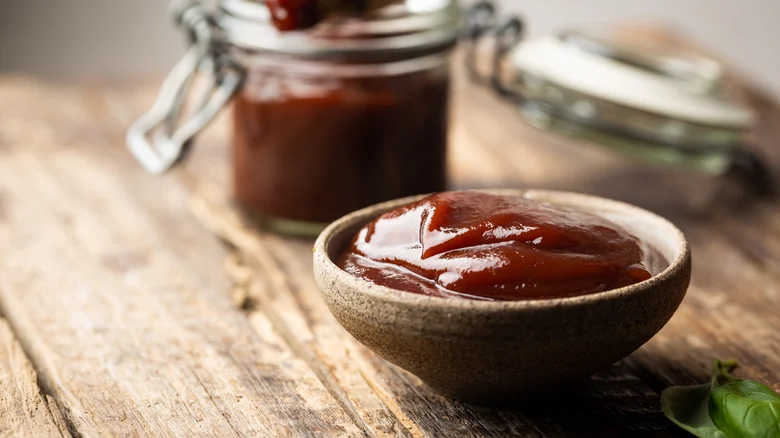
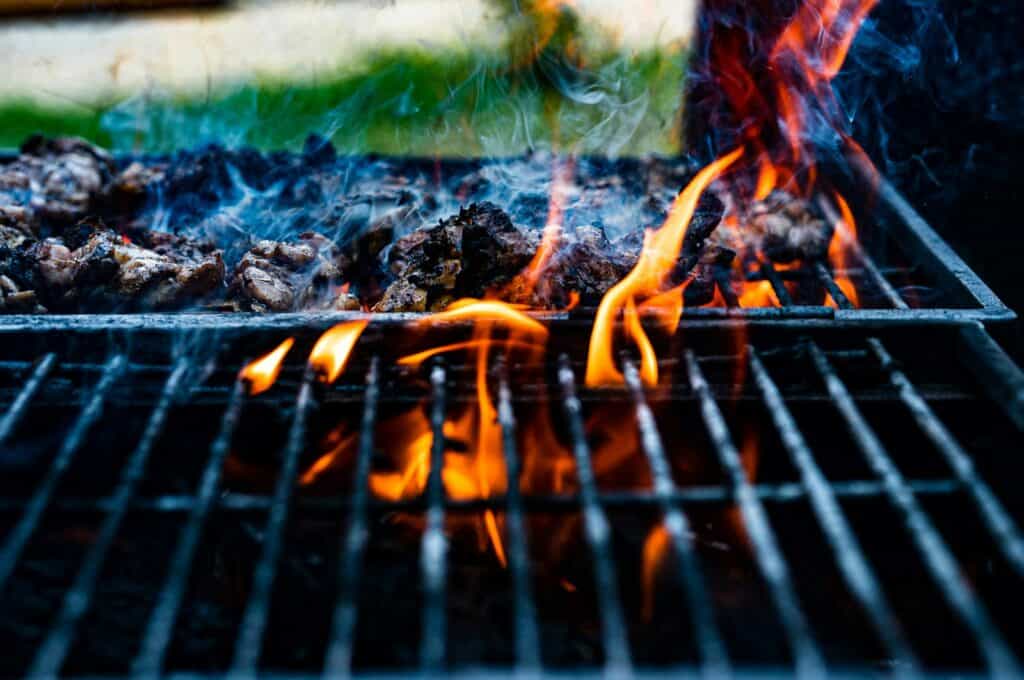

:max_bytes(150000):strip_icc():format(webp)/almond_flour_pizza_crust-10-b05a84f1af1e44c7a4cc55734e127825.jpg)
